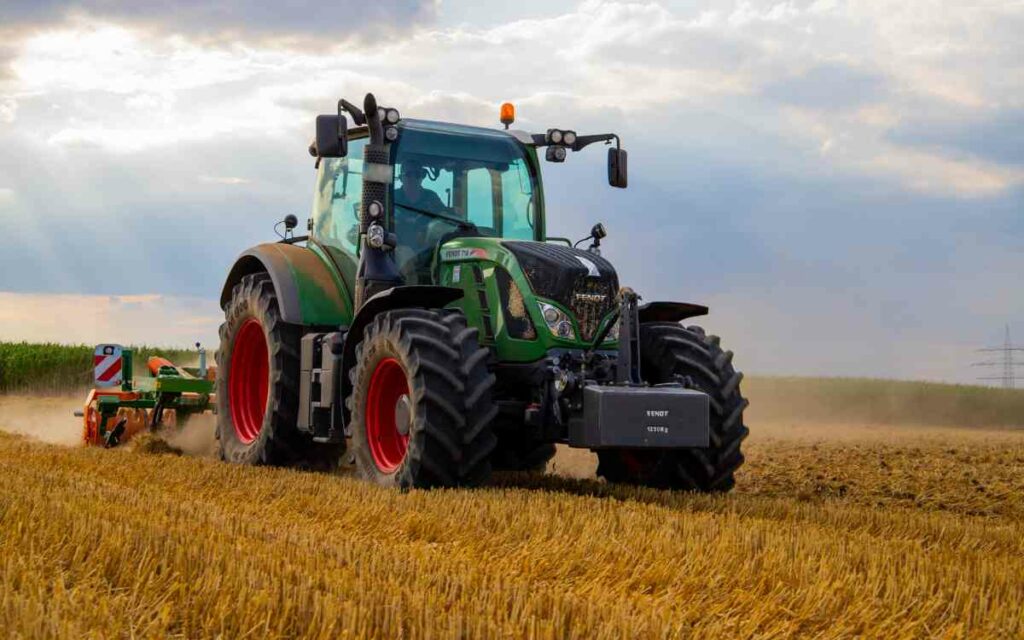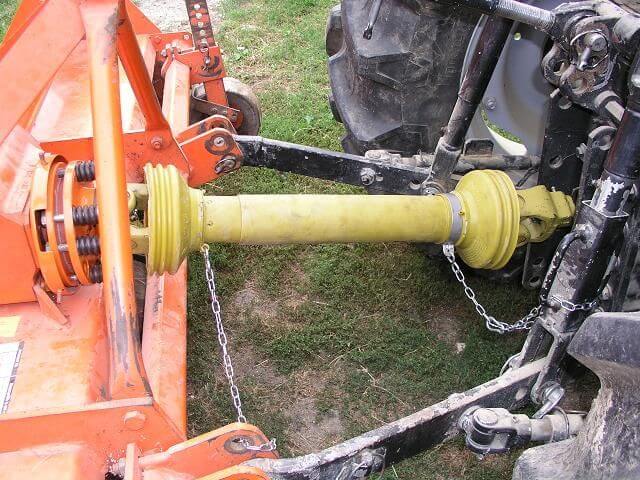Lesson Progress
0% Complete
Topic Content:
- Types of Farm Machinery and Their Uses
- Tractor
- Bulldozer
- Tree Puller
- Sheller
- Dryers
- Incubators
- Milking Machines
Tractor:

Description:
- A tractor is a powerful and expensive multi-purpose motor vehicle used for lifting or pulling farm implements.
- It has a hydraulic control system which lifts mounted implements under the control of the operation.
- It has a Power-Take-Off (PTO) shaft that transmits power from the tractor’s engine to PTO-driven machines or implements like Ploughs, Harrows, Harvesters, Planters and others.

- It has four wheels with rubber tyres.
- It consists of an internal combustion engine which uses diesel or petrol without spark plugs.
- The power produced in the engine is transmitted to the wheels and PTO by the transmission parts. The power take-off shaft then transmits power from the tractor’s engine to PTO-driven machines or implements. For example, in a mower, PTO transfers power from the engine’s drive pulley to the blades. In most cases, this power transfer applies to a secondary shaft that drives a hydraulic pump, generator, air compressor, pneumatic blower, or vacuumA vacuum is an area of space containing little or no matter (solids, liquids, and gases). It is a space with nothing in it, not even air. More pump.
- Popular brands of tractors include: David Brown, Massey Ferguson, Ford and Fiat.
Functions of Parts of the Tractor:
(i) Three-point linkage:
- Point of attachment for coupled implements.
- Allows the raising and lowering of implements.
- Regulates the depth and variation of thrust/depth of plough according to soil conditions.
- Helps to maintain a constant draught/force.
- Helps in the transfer of weight to the rear wheels of the tractor.
You are viewing an excerpt of this Topic. Subscribe Now to get Full Access to ALL this Subject's Topics and Quizzes for this Term!
Click on the button "Subscribe Now" below for Full Access!
Subscribe Now
Note: If you have Already Subscribed and you are seeing this message, it means you are logged out. Please Log In using the Login Button Below to Carry on Studying!



Responses